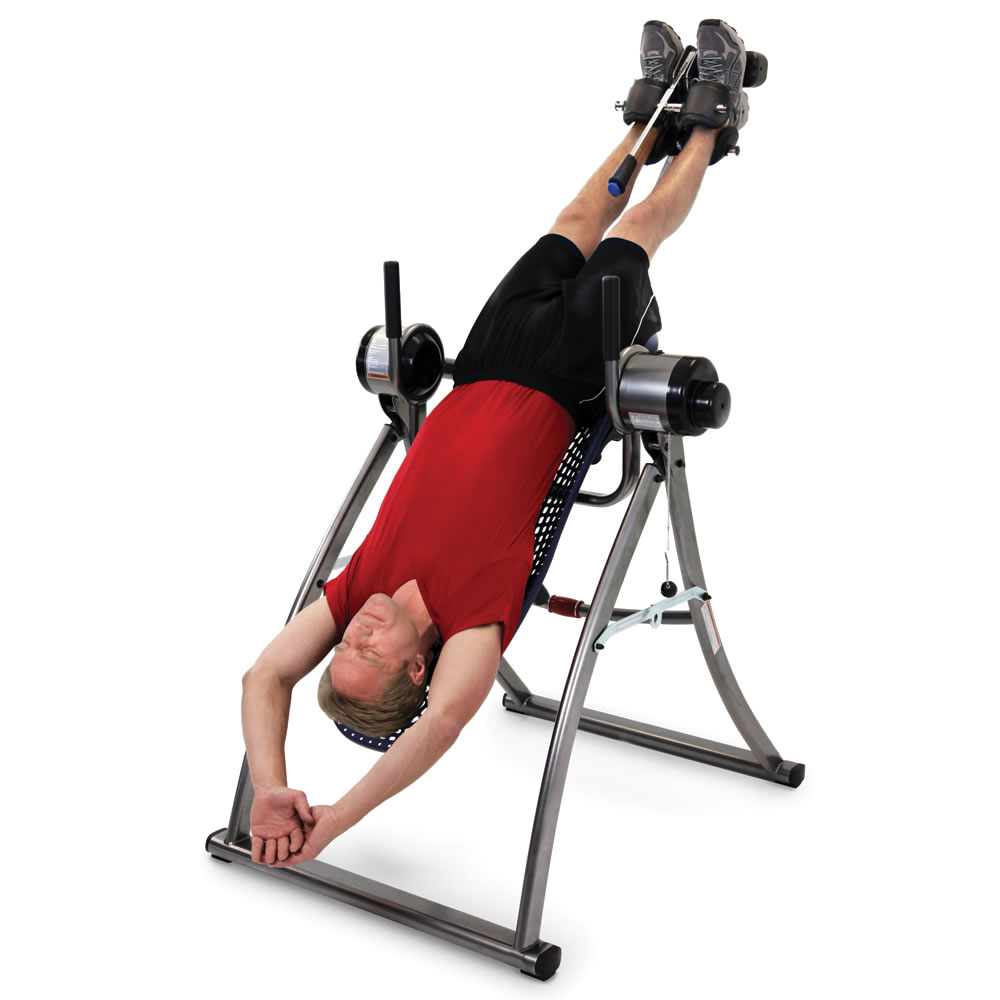krispe said:Poker2009 said:From what I have read, the ceramic bearing is worse, and replacing a bearing in situ, is very risky and shouldn't really be done unless you have no choice.
My plan was to fit the EPS Roller bearing when my clutch was due to be changed. I don't like the idea of the LN Ceramic braring. A friend had the LN fitted and it started to fail after 5k miles. He found swarf in the oil filter first so had the Bearing checked as a precaution and found it had begun to destroy itself. The ceramic ball bearings are harder than the steel bearing race and if the bearing was not perfectly aligned when fitted or the car is left standing for long periods, (and the bearing dries up), it can quickly wear out.
As my engine will now be rebuilt by Hartech I'll get them to fit the later IMS with the larger bearing.
Sorry to hear this! I had mine done at hartech - fully recommend for peace of mind.
One thing to think about.... I sourced a used ims (larger bearing) shaft from eBay and got Grant to fit that - they checked they were happy with it first and they were fine with this solution. I paid something like £250 and they are about £1,000 from Porsche - it was a decent saving.
Other than that I just went with everything else recommended.
Good luck with it!



































